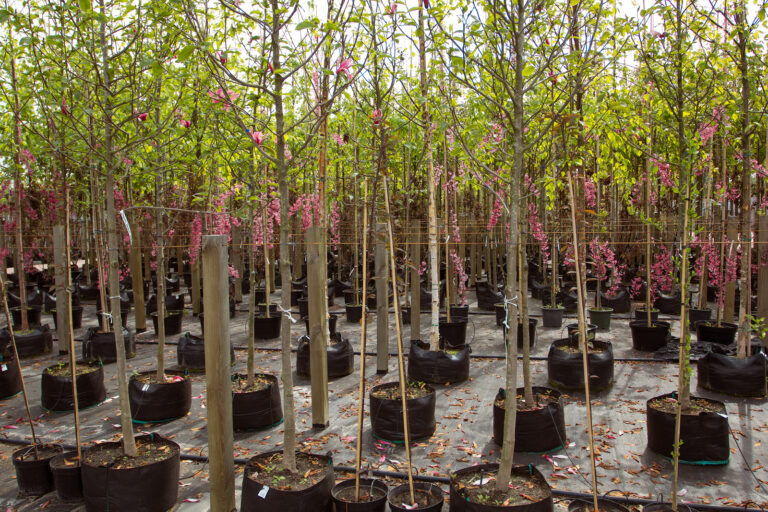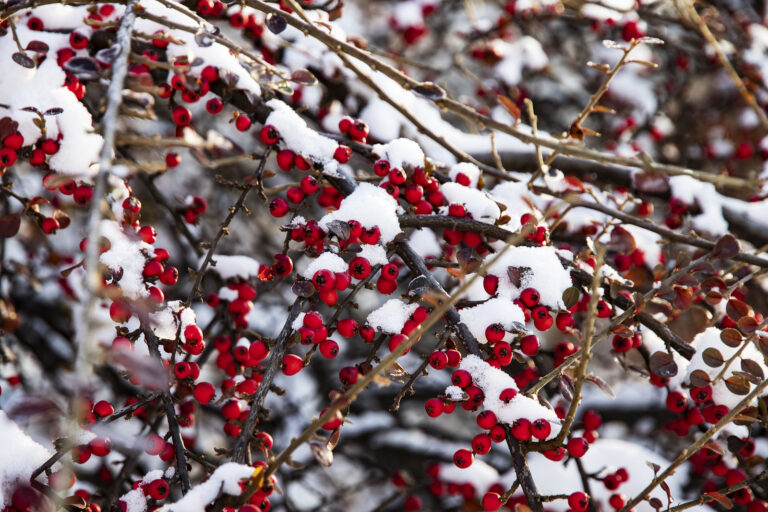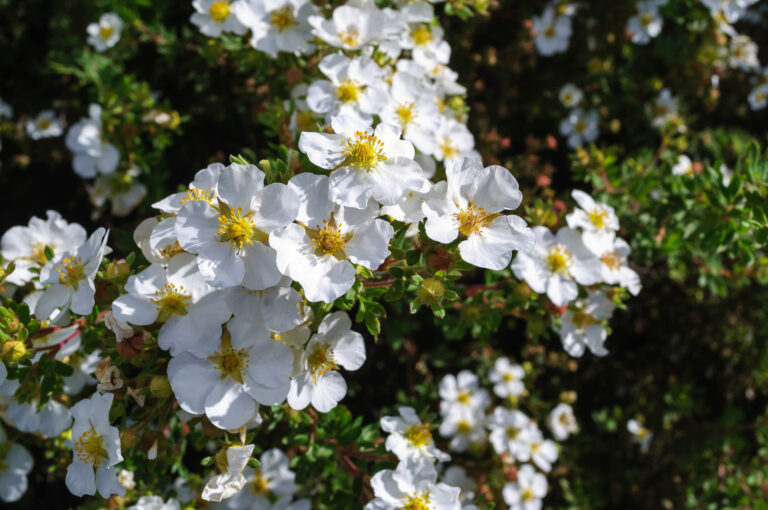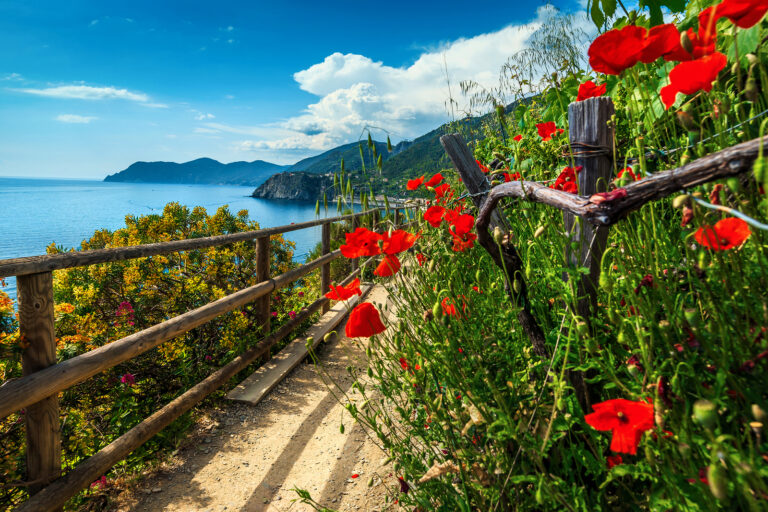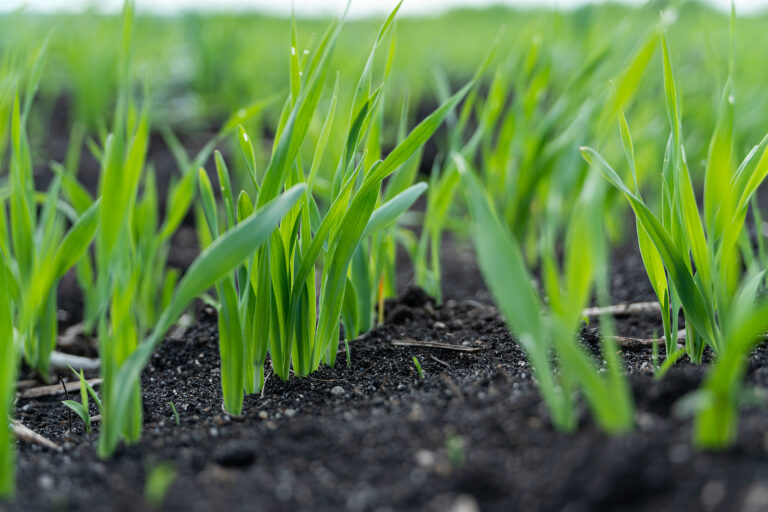Arid and Desert Gardening
Gardening in arid regions can be a challenge.
Arid regions—including the American Southwest and parts of the West– get as little as 4 inches of rain or less in the course of a year. In some arid regions, rain may come in summer; in other arid regions, rain may come in winter.
Where rainfall is sparse gardeners commonly turn to native and naturalized drought-tolerant plants. These plants have adapted over centuries and even thousands of years to existing, and even thriving, with little moisture.
An alternative to growing native and drought-tolerant plants is the use of irrigation water, however, water in places where there is little can be expensive.
Here are growing suggestions for gardeners in arid regions:

Walk or drive around your town
Take a walk around your neighborhood or a drive around town and note or take photos of plants that are thriving. If you can’t identify a plant, take a photo to the garden center and speak to one of the plant buyers; they will know or can find out. Plants growing near you will likely do well in your garden as well.
Map your garden
Map the sunlight that hits your garden and when; also map where and when it is shady. A map is a good way to identify microclimates in your garden. A microclimate is a niche that may be just a few square feet in size; microclimates can be cooler or warmer, dry or moist. Likely spots for microclimates are next to buildings or walls or under trees. A microclimate will be protected from extremes of sun, wind, and weather. Know your garden’s microclimates.
Grow native and naturalized plant
Most nurseries carry native plants; this is true in arid regions. Ask at a nearby garden center for a list of native plants; you will also find lists of plants native to your region online. Visit a nearby botanical garden to see natives growing. Take photos and make a plant list for your garden.
Here’s a short list of plants that grow well in arid regions:
- Yuccas, agaves, cacti, and other succulents.
- Native grasses such as bunchgrass, Mexican feather grass, deergrass, and Muhly grasses.
- Desert flowers such as California poppy, desert marigold, butter daisy, fragrant evening primrose, globe mallow, and calylophus.

Ways to make an arid garden
Here are a few ways to make your arid patch plant friendly:
- Use berms and swales: Create high berms and low swales. Low swales can collect moisture during the wet time of the year. High berms can shield plants from drying winds.
- Make walls: Enclose the garden with a masonry wall. A walled garden can hold water, cast shade, block wind, and create its own moisture friendly microclimate.
- Drip irrigation: Drip irrigation can deliver water precisely to the plants that need it. A drip system is not difficult to install. Drip emitters and deliver exacting amounts of water to plant roots.
- Mulch: Mulch around plants with aged compost or other organic materials or mulch with gravel or decomposed granite. Mulch will prevent weeds and stem soil moisture evaporation. Mulch can also keep plant roots coot.
- Lawn: Don’t plant a lawn or plant a small one. Lawns are the biggest consumers of water. Choose a grass that doesn’t need a lot of water such a buffalograss or blue gramagrass.
Take advantage of the seasons
If summers are hot and dry where you live, choose trees, shrubs, and perennials that are drought-tolerant; these can survive summer. Plant cool-season annuals in the cool-time of the year, spring, autumn, and winter when they are likely to face the fewest challenges.
A colorful cool-season garden can go a long way towards getting you through the hot time of the year.



